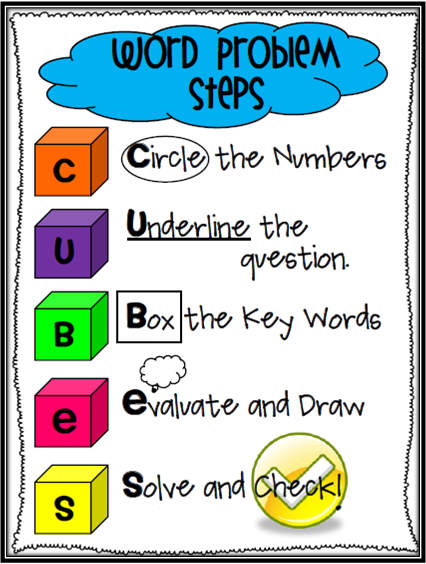Reminders:
- Some students have taken home their weavings to work on - please make sure to return them to school on Monday as we will be putting them up for display in our school :)
- Some students have chosen to take home their math booklets to complete for further practice on fact families so that we can move on to subtraction of 2-digit numbers. Please remember to return these to school on Monday as well.
- Please remember to bring in sticks to hang the weavings on
- We would really appreciate some materials for our design thinking project for our Environmental Scientist inquiry. We need many craft and maker materials: such as cardboard, string, masking tape, plastic wrap, styrofoam, egg cartons, pipe cleaners, bottles, buttons, aluminum foil, paper rolls, popsicle sticks, cotton swabs, etc.

Important Dates:
- Tuesday, February 25 - Evergreen Theatre Presentation (Wicked Witch of the Wetlands)
- Wednesday, February 26 - National Pink Shirt Day (wear Pink or ROS Blue)
- Thursday, March 5 - Celebration of Learning at 6pm
Learning Highlights:
- We had the opportunity to meet an environmental scientist that goes to the Arctic to do work! His name is Mr. Yoon and he taught us about the work that he does!

Mr. Yoon took five separate trips, over two days, to travel to the Arctic to a place called Tuktoyaktuk!



He has to travel on airplanes and helicopters to get there!
We learned that in the arctic winters, there is barely any sunlight and in the daytime this is how high the sun gets:
but in the summers the sun is always in the sky:
As an environmental scientist he cleans up and restores old oil and gas well-sites, so that it looks like this:
The reclamation process takes a lot of work from the collaboration of various types of people, including engineers, chemists, biologists, agrologists, the government, and the local Inuvialuit people.
The work of environmentalists matter because our world is changing!
Mr. Yoon showed us pictures of how the land is disappearing because the sea ice is melting and storm surges are more frequent. Here are some images he took from the arctic:
As part of our next inquiry investigation, we will be imagining ourselves as environmental scientists that will be solving a problem that exists in the Arctic as a result of increasing heat!
If you would like to play the
Heat and Temperature Jeopardy Review Game click here:
heat_temp_review
Afterwards, we reviewed what we knew about the Arctic....

Then, we took time to learn more about the life and culture of the Inuit and the Arctic to gain some necessary background knowledge for the upcoming design thinking task.
Ask us some of the following questions to demonstrate the learning from class:
- Here are two types of homes the Inuit built to live in. . .
What are they called?
What are they made of?
Why did the Inuit live in such homes that were so quickly built?
2. What were some of the traditional roles/jobs of the Inuit women versus the Inuit men?
3. Why was it so important for the Elders to tell stories to the younger generations?
4. We also analyzed some Inuit artifacts. What are the functions of some of these tools:
- Taking in all the understanding that we gained from the Arctic legends and Inuit culture, we started storyboarding and creating our own arctic stories. We are using loose parts to help us creatively plan and tell our stories to each other first.
- We also had Dr. E. Lo come in to teach us about oral hygiene! We learned that...
- brushing and flossing is important! it will help remove plaque and stay clean!
- When flossing we have to remember to make a "c-shape" to hug the tooth and go up and down.
- We have to brush 2 times a day for at least 2 minutes at a time
- It is important to eat a healthy diet to keep out teeth healthy too!
Then we got to participate in some learning centers around oral hygiene:












































